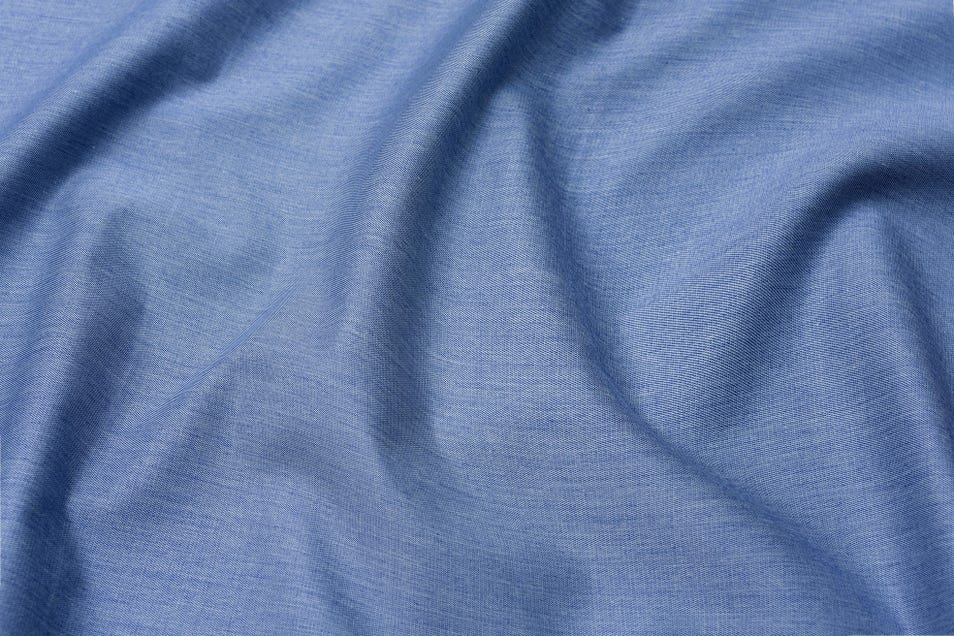Poplin Fabric Care: Washing, Drying, and Ironing Tips You Need
A practical guide to poplin fabric care. Includes tips on how to prevent wrinkles in poplin fabric, ironing poplin shirts, and drying poplin garments.

Pressed, clean and done, right from your laundry room. This guide shows you how to make dry cleaning clothes at home, simple, safe, and cost-effectively.

Taking your clothes to the dry cleaner every time they need a refresh isn't always practical or affordable. Thankfully, there are simple ways to handle dry cleaning clothes at home, using safe techniques and tools you already have. But can you do dry cleaning at home and still care for your clothes properly? Absolutely. While some fabrics need professional handling, many garments can be gently cleaned or refreshed at home using mild solutions, steam, and smart methods.
The key is understanding your fabric and its care instructions. Delicates like silk, wool, and rayon often benefit from hand washing with a gentle detergent formulated for fine garments, followed by careful air drying to maintain their shape and integrity. For items that aren't heavily soiled but need a refresh, a fabric steamer can work wonders, relaxing wrinkles and Neutralising odours without soaking the fabric in water is possible. Always spot-test any cleaning solution on an inconspicuous area first to ensure it doesn't cause discolouration or damage.
Dry cleaning refers to the process of cleaning clothes using solvents rather than water. At commercial cleaners, chemicals like perchloroethylene are used to remove stains and dirt without soaking the fabric. This process is especially useful for structured or delicate garments.
At home, of course, we won't use industrial chemicals. Instead, we use alternative techniques like steaming, gentle spot cleaning, and low-water treatments that mimic professional results, without damaging your clothes.
Dry cleaning clothes at home is best suited for everyday fabrics like polyester, rayon, or blends that don't require full immersion in water.
1. Spot-treat Visible Stains
2. Steam to Refresh
3. Tumble Dry with a Damp Towel
4. Try a Gentle Soak if Suitable
To keep your clothes looking great and save money on dry cleaning, it's helpful to know what to do and not do when cleaning them at home. Follow these simple tips to refresh your clothes safely.
Dos:
Dont’s:
Some clothes are better left to professionals. If your garment:
Dry cleaning clothes at home doesn't have to be complicated. With a few thoughtful steps, like gentle soaking, pre-treating stains, and using steam, you can keep your wardrobe looking clean, crisp, and refreshed without stepping out. It's an affordable, fabric-safe solution that suits everyday garment care.
By swapping the occasional dry cleaner visit for these home-friendly methods, you save time, money, and effort, while still giving your clothes the care they deserve.
A practical guide to poplin fabric care. Includes tips on how to prevent wrinkles in poplin fabric, ironing poplin shirts, and drying poplin garments.
Stop hiding under frumpy layers! This guide offers expert advice on creating stylish winter outfits. Learn how to layer effectively, choose trendy warm pieces, accessorise for impact, and keep your clothes in top condition.
Worried about ruining your favourite cashmere sweater? This guide provides expert tips on how to care for delicate fabrics. Learn about the chemistry of cleaning, the importance of temperature control, and the best ways to handwash or machine wash your delicate items



